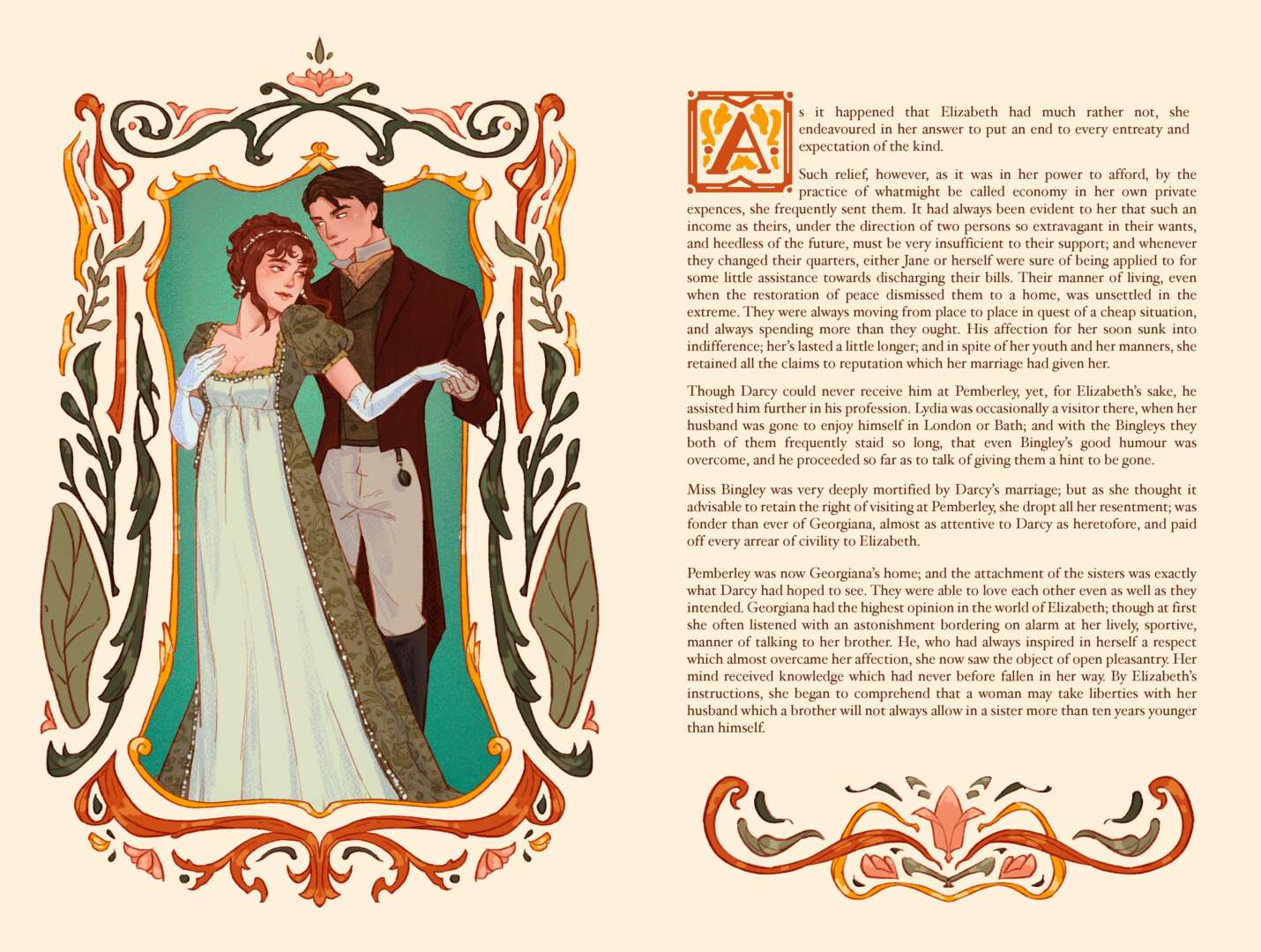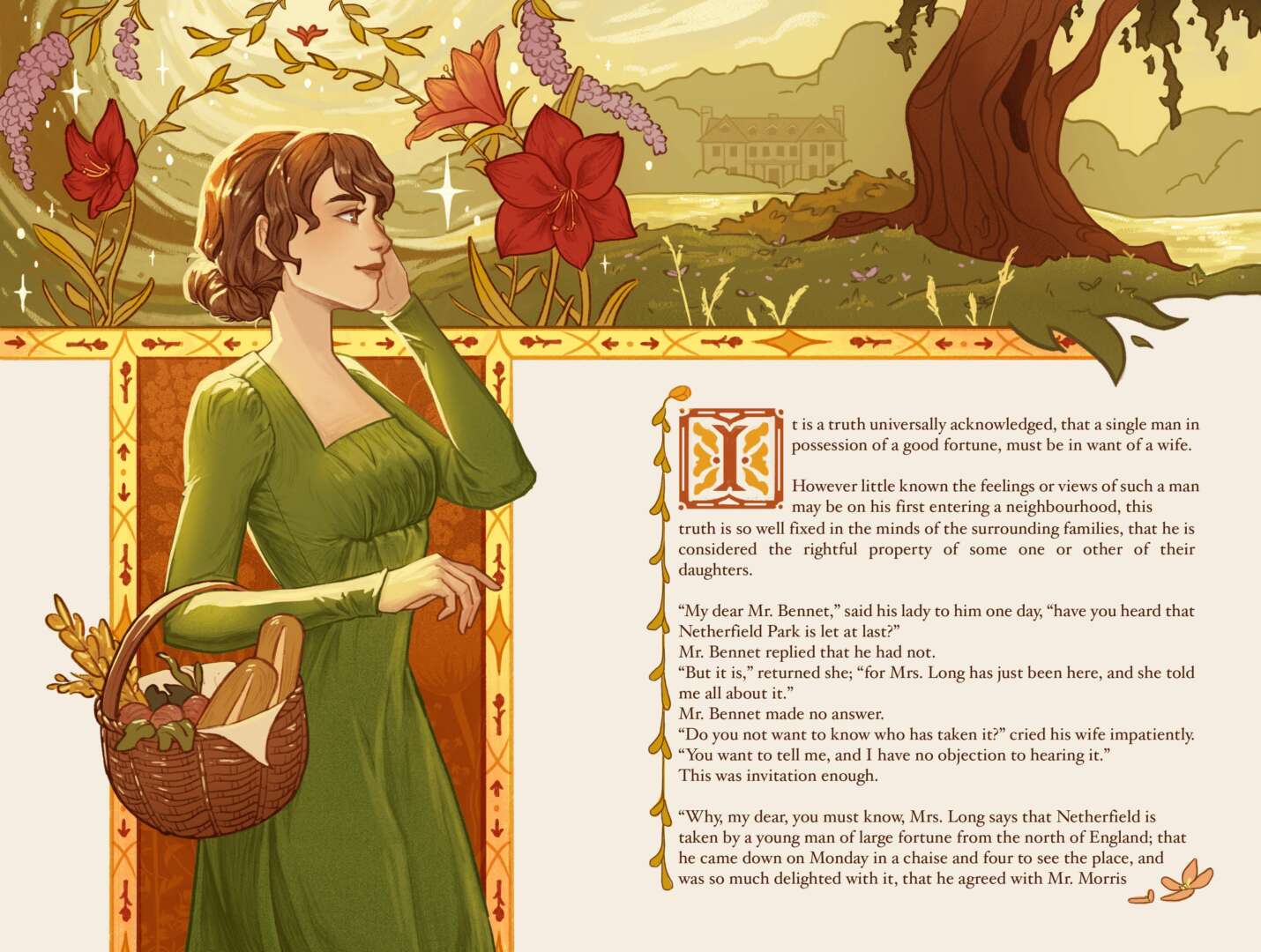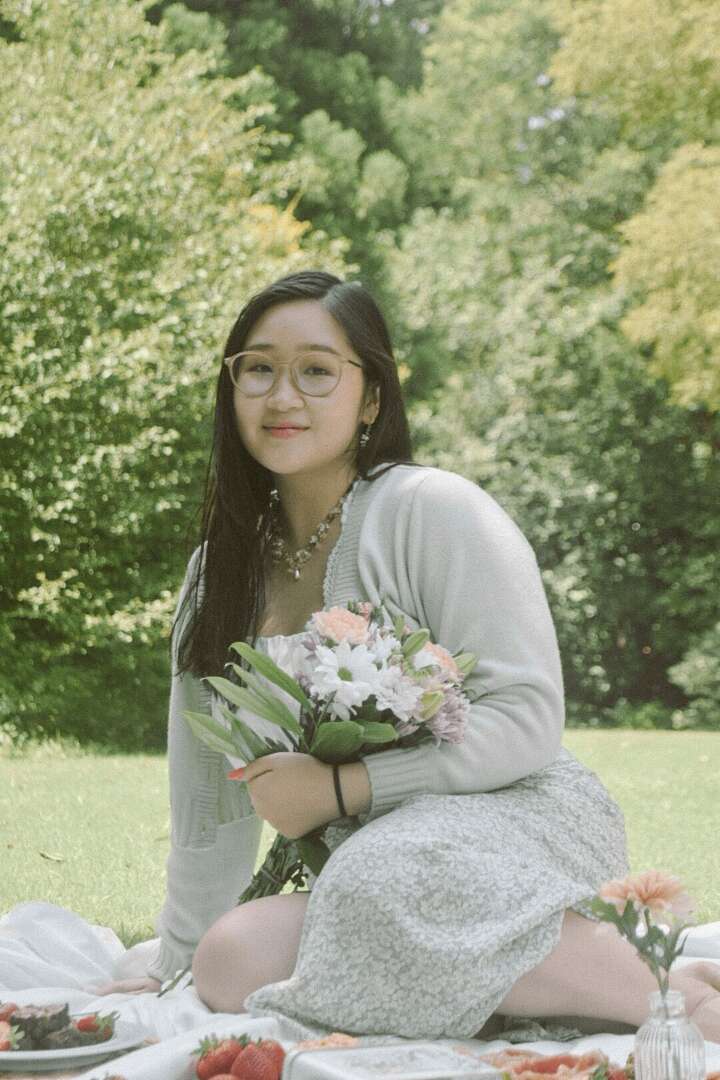We’re excited to introduce you to the always interesting and insightful Teresa Vu. We hope you’ll enjoy our conversation with Teresa below.
Teresa, looking forward to hearing all of your stories today. Learning the craft is often a unique journey from every creative – we’d love to hear about your journey and if knowing what you know now, you would have done anything differently to speed up the learning process.
As an artist, you are always expected to draw all the time, 24/7. To build any skill, time and effort are the most important investments and with art, this is the standard. Luckily enough, I’ve been drawing for my whole life and have always had a pencil in hand, doodling random sketches in the margins of any paper.
Foundational skills are very important for any field within art but once I narrowed down what I wanted to do specifically with illustration, I was able to learn more precise skills that helped land the commissions I wanted to do. I will say at first when I started college, I was determined to become a concept artist and make it in the game industry but over time, I lost interest in that direction and pivoted towards what I do today: book illustration. I got back into reading within the last year which made me more passionate towards book illustration and specifically within the young adult and fantasy market. Some of the skills that I learned were through classes at SCAD Atlanta but other ones were things I picked up on from my favorite book covers and illustrators.
Most essential thing I had to learn for book illustration was being intentional with the format of what I was designing to fit either book covers, spreads, or promotional art. For instance, for spread illustrations, text is a really important factor to consider and the illustration not only reflects the story but it also frames how the text will be presented. So composition in general is even more significant in this case. For book covers, I had to learn to depict a book in a more figurative sense rather than in literal ways that I’m used to from concept art. With covers in general, symbolism and concept are at the forefront while every other aspect is complementary to reinforce those themes. It was harder for my head to wrap around initially because my mind was used to working to reflect scenes to represent events or emotions rather than illustrating something more metaphorical. This was where my professors helped me the most in pushing me past my comfort zone and into a lot of my style today. Overall, having guidance from school with the combination of seeking out my own resources through other industry professionals were the main ingredients to how I learned my craft.

Teresa, before we move on to more of these sorts of questions, can you take some time to bring our readers up to speed on you and what you do?
Hi, I’m Teresa (@peachie.mochi) and I am currently a freelance illustrator with a concentration in book illustration. I got into book illustration through both my passion for reading and also loving to create art. I focus primarily within the young adult and fantasy genre since those are also the books I tend to read the most, and my services include book cover illustrations, promotional art, and book spreads/tip-in art. A lot of the work I tend to do now is either book cover commissions or illustrations for book characters to either promote or be included within the novel. Outside of my work, I love drawing art of my favorite book characters or scenes from different books I’ve read.
My art style tends to be very colorful and implements fun textures to build a more tangible feel to the pieces I make. One of the factors that sets me apart from others is my unique sense of color theory and how I implement those in illustrations. I do tend to lean towards oranges for lighting and have a lot of warm colors within my portfolio but I also love to play around with different color palettes for my pieces. It’s definitely the part that takes me the longest since color harmony is really important to my illustrative style (and that I’m really picky). Another factor of my art is ornate framing elements and decorated dresses; I love just implementing fun ornamental details to my illustrations because it just adds the cherry on top.
My current passion project that I’m working on right now is an illustrated edition of Pride and Prejudice which will hopefully be self-published by the end of this year. I’m really proud of this project and even more excited to finish the last illustrations to finally move into publication and crowdfunding. This project was born out of a class I took in college but is something I wanted to finished once I graduated to fully publish. I love reading romance books, and when I picked up Pride and Prejudice by Jane Austen for the first time, I was in love. Being able to draw scenes from the book that reflect my interpretation and visual style was both really fun yet creatively challenging because I wanted the pieces to capture the feeling of that I had when reading the novel. And hopefully, what most readers feel when they read it as well. This project also encapsulates pretty much everything I love about book illustration and lets me create something that I feel passionate towards rather than feeling like another job.

For you, what’s the most rewarding aspect of being a creative?
The most rewarding part for me personally is probably being able to see the physical product of what I made. Whether it’s in an art print or a book cover, there’s something so satisfying about having a tangible object of your artwork. Also seeing the colors of an illustration in print is so different than seeing it on a digital screen because of the difference in color profiles and I absolutely love printing my work. It kind of just completes the whole process and also can help catch last minute errors or flaws.

Is there something you think non-creatives will struggle to understand about your journey as a creative? Maybe you can provide some insight – you never know who might benefit from the enlightenment.
Something that I think both non-creatives and some creatives kind of misunderstand sometimes is that creative fields tend to be a lot of work in other aspects that aren’t as visible compared to a normal 9-5 desk job. Both occupations definitely come with their own list of pros and cons but with creative fields, some people assume just because you’re doing something you love, it’s an easier route. The amount of relatives that don’t take me seriously because I tell them I do art as a career is more than I can count. But with art, you’re also a business owner; you have to market yourself and create your own brand and do so many things outside of just art that a lot of people don’t necessarily get. Even when I was in high school, I didn’t understand these things and had to learn when I went to college that to make money as an artist, you have to put yourself and your art out for people to see. And this may be the case more so for small businesses too, but there are so many hidden costs in being an artist that you don’t always account for. It’s still can be a fulfilling job for sure, I definitely think so, but it’s also something to be taken seriously.
Contact Info:
- Website: https://www.peachiemochi.com
- Instagram: https://www.instagram.com/peachie.mochi
- Linkedin: https://www.linkedin.com/in/teresa-vu-1625651a6






